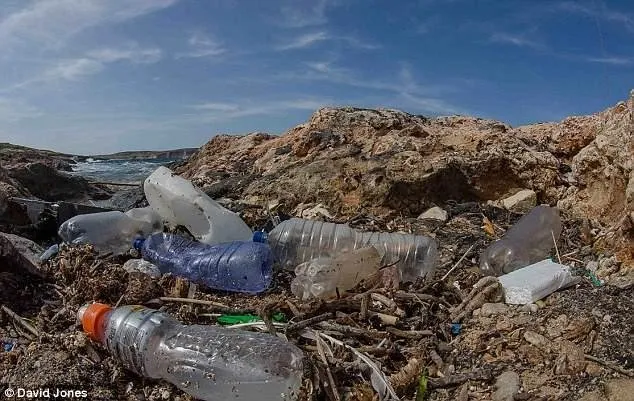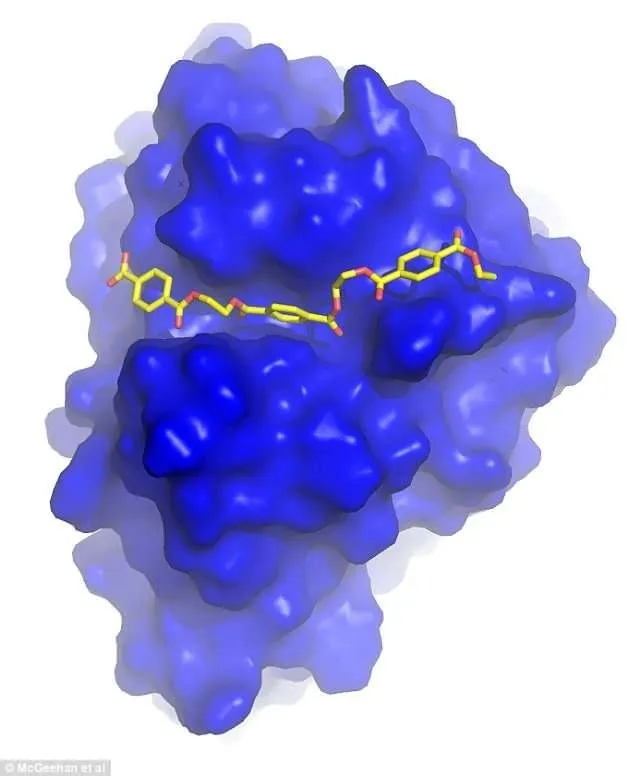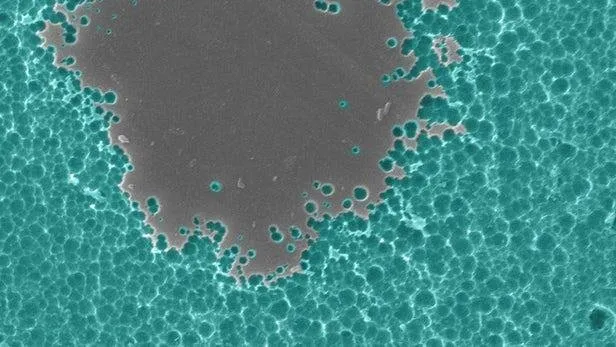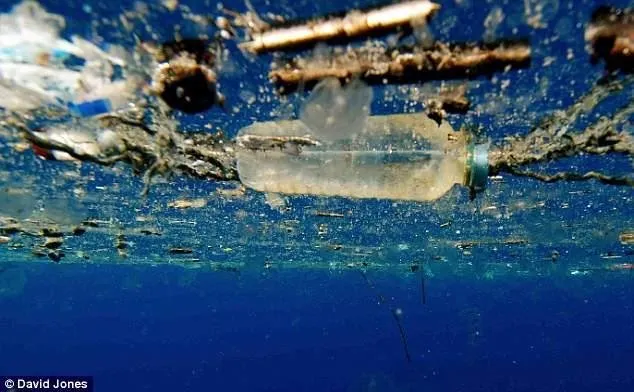In recent days, the video taken in Queensland, Australia recorded the startling scenes in the local area: plastic pollution invaded the sea, fish were walking through numerous plastic wastes, and huge manta rays were feeding in floating plastic waste, which not only threatened The local ecological environment also harms the safety of the sea.

Plastic pollution has become a more and more serious problem. Whether it is the rough sea or the dense forest, there are signs of plastic pollution. It appears in various regions of the world. Even in the Pacific Ocean, a plastic trash island with an area of 1.6 million square kilometers was formed. It is estimated that more than 10 million tons of plastic waste enters the ocean each year. For humans, this may be one of the most severe environmental issues in the coming decades.

How to solve this problem? Reducing the use of plastics does not solve the large amount of plastic contamination that is already present in the environment. However, a recent discovery by British researchers may provide a turning point in solving this problem. Scientists hope to use bacteria to solve plastics!
Scientists from the University of Portsmouth and the United States Department of Energy’s National Renewable Energy Laboratory have been studying a naturally occurring bacteria found in Japan. This bacterium is called Ideonella sakaiensis and they can eat a plastic, polyethylene terephthalate (PET) widely used in plastic bottles. But they inadvertently developed a new enzyme, which has a very powerful decomposition effect on polyethylene terephthalate (PET). This unintentionally discovered discovery was considered promising for the plastic recycling revolution.

This enzyme is called the PETase enzyme. Scientists at the University of South Florida and the University of Campinas, Brazil, performed computer modeling and found that enzymes that efficiently degrade PET look a lot like another enzyme, the keratolytic enzyme found in fungi and bacteria. However, the PETase enzyme has a somewhat different place. The researchers hypothesized that this is where artificial plastics can be decomposed.

Although the existing plastic recycling method seems effective, the recovery rate is not very high. The recycled plastics will be used to process some low-quality materials and products, such as fleece or carpet. Although it can be converted into other products, it is difficult for PET plastics to break down into individual small molecule compounds. Even after a few recycling, its nature will not change, eventually becoming plastic waste.

Therefore, the discovery of the role of this enzyme is very important. Scientists pointed out that this enzyme can break down highly polymerized plastics and convert it into individual small monomers so that it can be re-polymerized into plastics to achieve a real The cycle process, in this way, also reduces the consumption of energy.
Professor McGeehan added: "People didn't expect that since the plastics became popular in the 1960s, huge amounts of plastic waste had entered the ocean and existed in the soil under our feet. It spread almost all over the world." You and I are in flooding plastics. This act as a promoter. Modern humans have created these water-resistant, heat-resistant, tough, and hard-to-decompose materials that must now be confronted with the evil effects of this miraculous material.

For nature, an enzyme is a protein that is non-toxic, biodegradable, and can be produced in large quantities by organisms. It is often used as a catalyst in chemical reactions, and a small amount of enzymes can produce strong effects. Although most people still don't know much about this concept, tasting taro and rice chewing sweeter is the help of saliva amylase. Now, enzymes have been used in various fields such as biological detergents, food, leather, and textile industries in daily life. Hopefully, in the future, miraculous enzymes can help people solve the problem of plastic pollution on the earth.